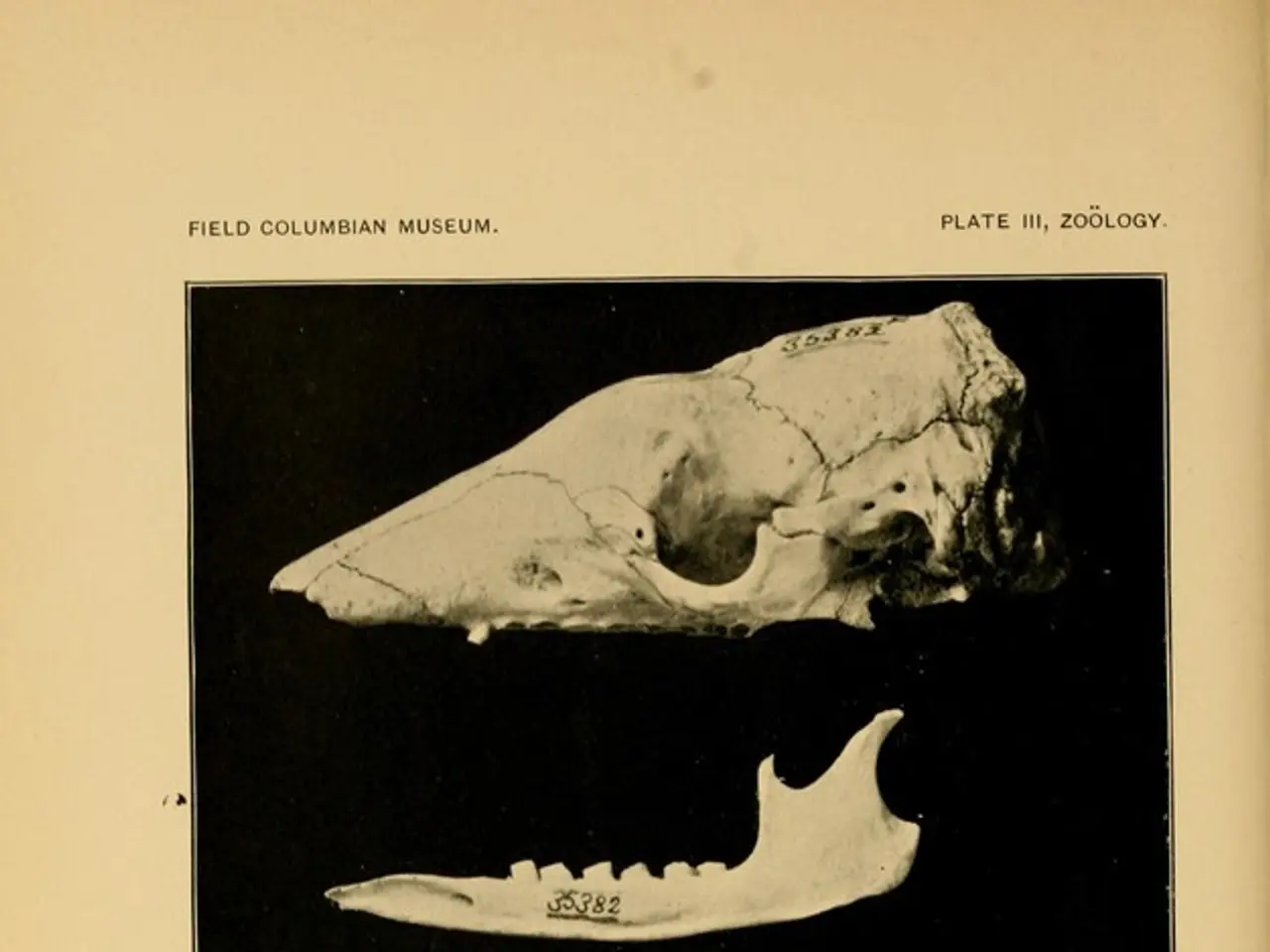Forteo Details: Potential Adverse Effects, Substitutes, Proper Usage, and Additional Information
Forteo, a well-known medication for treating osteoporosis, is a brand-name injection that contains the active drug teriparatide. This recombinant human parathyroid hormone analog is developed and marketed by Eli Lilly, and it belongs to the parathyroid hormone (PTH) analog drug class.
Forteo starts working soon after the first dose, and its effectiveness is monitored using a bone mineral density (BMD) test. However, it's crucial to note that Forteo should not be used during pregnancy unless necessary and discussed with a doctor. Similarly, breastfeeding mothers are advised against using Forteo.
Taking Forteo at about the same time each day is recommended, and missed doses should be skipped. The medication comes as a prefilled pen that contains 28 doses of the drug. It's given as a subcutaneous injection in the thigh or abdomen.
Forteo can cause mild or serious side effects, including body pain, joint pain, dizziness, insomnia, anxiety, gastritis, increased calcium levels in the blood, kidney or bladder stones, serious infections, orthostatic hypotension, shortness of breath, possible increased risk of osteosarcoma, calciphylaxis, and severe allergic reactions.
It's important to only inject one dose per day and follow your doctor's instructions on how to inject your dose or see Forteo's user manual. Using more than the recommended dosage can lead to serious side effects.
In Europe, a biosimilar to Forteo, called Terrosa, is available. Biosimilars are biological products that are highly similar to the original Forteo, containing the same active substance (teriparatide) with no clinically meaningful differences in safety, purity, and potency. However, they differ slightly in manufacturing processes.
In contrast to small-molecule generics, which are considered identical, biosimilars have inherent minor structural variations due to biologic production processes but must meet strict similarity criteria. In Europe, teriparatide biosimilars have been approved by the EMA based on comparative studies ensuring equivalent efficacy and safety to Forteo.
In the U.S., Forteo is available in a generic form called teriparatide injection. The cost of Forteo can vary based on insurance, location, and pharmacy. Financial and insurance assistance options are available for Forteo.
One important aspect to consider is drug interactions. A drug interaction has been reported in people who took Forteo with digoxin, a medication that treats heart problems such as atrial fibrillation (A-fib). In case of overdose, call your doctor or America's Poison Centers at 800-222-1222 or use its online tool. If symptoms are severe, call 911 or your local emergency number, or go to the nearest emergency room.
Forteo is FDA-approved to treat osteoporosis in certain postmenopausal females, increase bone mass in certain male osteoporosis patients, and treat osteoporosis related to long-term use of glucocorticoids such as prednisone.
Excessive alcohol use can raise your risk of osteoporosis and bone fractures, and Forteo is often used to treat osteoporosis in people who have a high risk of bone fracture. Other drugs similar to Forteo for treating osteoporosis include abaloparatide, denosumab, zoledronic acid, romosozumab-aqqg, alendronate, ibandronate, risedronate, raloxifene, and conjugated estrogens.
In summary, Forteo is a vital treatment option for managing osteoporosis, but it's crucial to understand its usage, potential side effects, and interactions. Always consult with a healthcare professional for personalised advice.
- Forteo, a medication for osteoporosis, is a recombinant human parathyroid hormone analog developed by Eli Lilly, belonging to the parathyroid hormone (PTH) analog drug class.
- Forteo's effectiveness is monitored using a bone mineral density (BMD) test, and it should not be used during pregnancy unless necessary or with doctor consultation.
- A prefilled pen containing 28 doses of Forteo is used, with each dose given as a subcutaneous injection in the thigh or abdomen at the same time daily.
- Mild to serious side effects from Forteo can include body pain, joint pain, dizziness, insomnia, anxiety, gastritis, increased calcium levels, kidney or bladder stones, serious infections, orthostatic hypotension, shortness of breath, osteosarcoma, calciphylaxis, and severe allergic reactions.
- In Europe, a biosimilar to Forteo (Terrosa) is available, containing the same active substance with no clinically meaningful differences in safety, purity, and potency but slight differences in manufacturing processes.
- In the US, Forteo is available in generic form (teriparatide injection), and the cost can vary based on insurance, location, and pharmacy; financial and insurance assistance options are available.
- Drug interaction between Forteo and digoxin, a medication for treating heart problems, has been reported, so caution is advised when taking both. In case of overdose, seek immediate medical attention.
- Forteo is FDA-approved to treat osteoporosis in postmenopausal females, male osteoporosis patients, and those with long-term glucocorticoid use. Other drugs similar to Forteo include abaloparatide, denosumab, zoledronic acid, etc., and excessive alcohol use can raise the risk of osteoporosis and bone fractures. It is essential to consult a healthcare professional for personalized advice and understand usage, potential side effects, and interactions.




